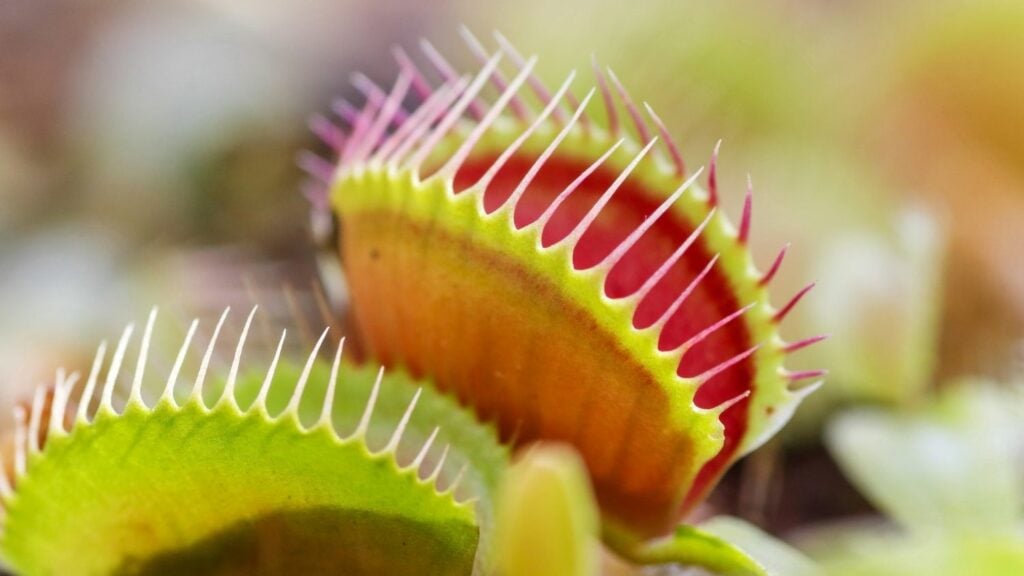Venus flytraps are carnivorous perennial plants that live for up to 20 years in the wild. Insects supply them with nutrients they cannot readily acquire from the soil, while they get most of their energy from photosynthesis. But do you know these plants naturally grow in North Carolina?
Venus Flytraps naturally grow within a 75-mile radius from Wilmington, North Carolina. These plants are a Special Concern-Vulnerable species in North Carolina. According to the North Carolina Plant Conservation Program, poaching them became a felony in 2014.
Is the Venus Flytrap the Only Genus in its Species?
While there are 600 species of carnivorous plants, there is only one species of Venus Flytrap, the Dionaea muscipula.
It used to be in its own family, too, Dionaeaceae,
Steph Jeffries, Department of Forestry and Environmental Resources
Taxonomists recently determined that it is closely related to sundews and placed it in the Droseraceae family. (Source: North Carolina State University College of Natural Resources)
How Does the Venus Flytrap Sense Its Prey?
The traps are equipped with two-lobed leaves with hair-like extensions to sense their prey. Only if two hairs are touched within seconds of each other will they close. This prevents the plants from shutting down due to false alarms.
No need to expend energy on a random bit of debris or a raindrop
Steph Jeffries, Department of Forestry and Environmental Resources
Digestive fluids are then produced as the traps close, breaking the bug from within the plant. (Source: North Carolina State University College of Natural Resources)
Does the Venus Flytrap Catch Their Pollinators Too?
Although Venus flytraps eat insects, they do not trap their pollinators. Elsa Youngsteadt, assistant professor of applied ecology, and Clyde Sorenson, professor of entomology, both NC State, worked with other conservation scientists and explained that the plant’s flowers are located 6 to 10 inches above the trap. Whenever they pollinate, they do not endanger themselves. In addition, the plan primarily consumes crawling insects. (Source: North Carolina State University College of Natural Resources)
What is the Greatest Threat of the Venus Flytrap?
Much of its marsh habitat has been converted for urban expansion, fire control has changed the ecology, and collectors have dug up and sold the botanical wonders for years. As a result, these rare plants are becoming extinct. A single tragedy could imperil the population’s survival in the wilderness, which has a range of only 100 square miles in North and South Carolina.
Venus flytraps live in the wet, open longleaf pine savannas, which need frequent fires to keep the stands open.
Steph Jeffries, Department of Forestry and Environmental Resources
Trees and bushes grow in these settings without frequent fire, obscuring the sun from smaller plants like the Venus flytrap. Furthermore, longleaf pine forests now cover barely 3% of their former broad span across the Coastal Plain.
Poaching is an issue, and in North Carolina, Venus flytraps are listed as a Species of Special Concern. Poaching them has long been prohibited, but in 2014, state laws changed to make it a felony. However, threatened and endangered species protection does not apply to Venus flytraps. (Source: North Carolina State University College of Natural Resources)
